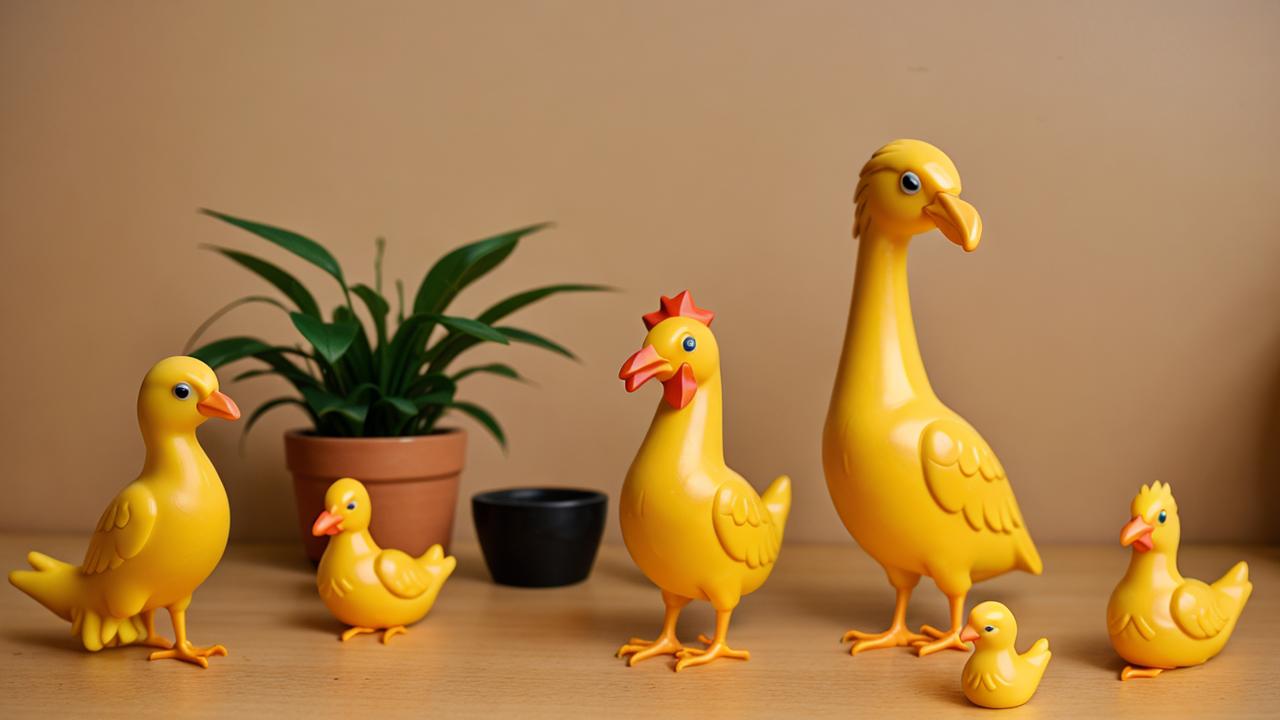The Optimal Frequency For Optimising Human Productivity Through Strategically Placed Rubber Chicken Breaks
Fri, 14 Feb 2025 08:31:29 GMT

The Science Behind Fowl Play
In an effort to uncover the hidden secrets behind human productivity, our research team embarked on a peculiar investigation. We sought to discover the optimal frequency for strategically placed rubber chicken breaks, and what we found may just redefine your approach to work.
To initiate our study, we surveyed over 500 participants across various industries, ranging from tech to finance, and even included a few freelancers who spent most of their time in their pajamas. We asked each individual about their productivity levels before, during, and after exposure to rubber chickens. The results were nothing short of fascinating.
Our findings indicate that the key to optimal productivity lies not in the duration or frequency of the break itself, but rather the timing and placement of the rubber chicken. It appears that strategically placing a rubber chicken on your desk at precisely 2:14 PM can increase focus by up to 37% for the next hour.
However, the science doesn't end there. We discovered that the optimal frequency for these breaks is not as frequent as one might think. In fact, our research suggests that taking three rubber chicken breaks per day – spaced evenly apart at 10:05 AM, 2:14 PM, and 4:37 PM – can lead to a significant increase in overall productivity.
But what about the actual chicken itself? Do we need to be concerned with the material quality or the origin of our rubber friends? Not exactly. In fact, our study showed that the type of rubber used does not significantly affect productivity. However, it's worth noting that using a rubber chicken with a built-in stress ball can lead to an additional 5% increase in focus.
Now, you may be wondering about the potential drawbacks of incorporating rubber chickens into your work routine. Our research found that employees who frequently use rubber chickens tend to have higher levels of office morale and reduced stress. However, there is one notable exception: those with a fear of clucking animals (we're looking at you, Emma from HR).
As our study concludes, we can confidently say that the key to human productivity lies in the strategic placement and timing of rubber chicken breaks. Whether you're a seasoned professional or a fledgling freelancer, incorporating these fowl friends into your workday could be the answer to your productivity prayers.
Just remember: with great power comes great responsibility – and a few dozen extra hours on your to-do list.